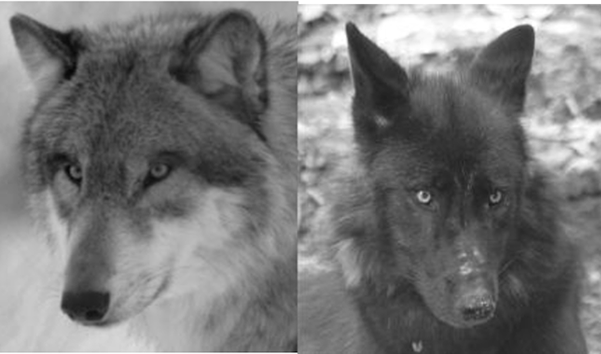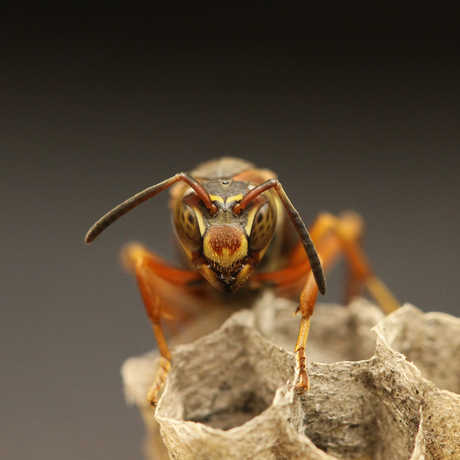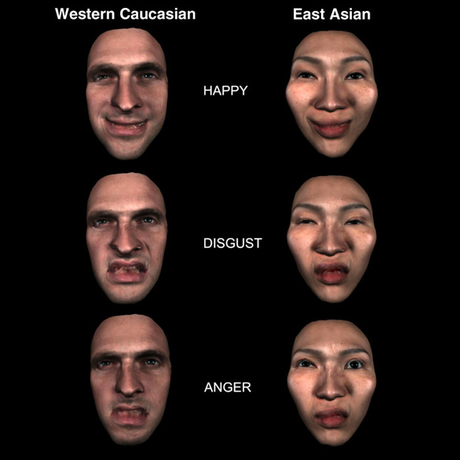We're open daily! View holiday hours
Science News
Whatcha Looking At?
June 12, 2014
by Molly Michelson

The human face is well-formed for communication. Full facial expressions convey a tremendous amount, and our eyes alone often let others know what we are thinking. Consider a simple gaze—we can follow others’ eye movement to see what they are seeing. Dogs can do this, too, and pick up on what object we’re following.
For years, scientists have studied gaze signaling, as it’s called, in humans and other animals, including how morphology plays a role. The shape of eyes, the color that surrounds them, and the shading and contrast that are part of the eyeball—each contribute to, or detract from, the ability to communicate with a gaze. The horizontal shape of human eyes and the whites that surround our pupils set us apart from the rest of primates; we are the only species in our order that use gaze signaling.
The function of gaze communication can vary among social and predatory animals. Previous research suggests that many predators gaze “camouflage” for increased success hunting.
Japanese researchers decided to look at images of canids to understand the differences in gaze communication among wolves, foxes, dogs, jackals, and coyotes. How does it vary among these related species? How does it relate to a specific species’s social or predatory behavior?
The team analyzed images of 320 individuals of 25 species (there are 34 living canid species), comparing the facial color patterns and both pupil and eye placement between each. They also studied live animals in zoos. In addition, the scientists considered how each species lives and hunts—some canid species live and hunt in groups, and some travel solo or in pairs.
The team found that for canid species, facial color patterns are the biggest indicator for gaze communication. The gray wolf, the ancestor of dogs known for its hunting prowess and social behavior, came out on top for using the gaze signal to communicate with its brethren. Other group-living and group-hunting species also exhibited strong gaze signaling.
The researchers, published yesterday in PLOS One, hope these techniques extend far beyond the gaze of these animals. “The present study provides a novel perspective for future research on the morphology and communication of canid species,” they write.


